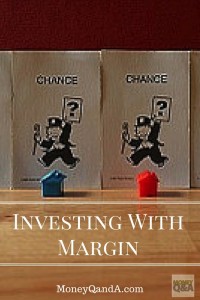
What is quadruple witching and can you use the phenomenon to your advantage when trading stocks? Should you even bother? Quadruple witching is the expiration of stock options and stock futures at the same time. And, it only takes place only four times throughout the year.
When is quadruple witching? Quadruple witching takes place in March, June, September, and December on the 3rd Friday of the month. It requires options and futures investors to close out their trading positions across stock options, single stock futures, stock index futures, and stock index options on the exact same da. And, the phenomenon is often associated with higher than normal trading volumes on the stock exchanges in the United States.
What Is Quadruple Witching?
Quadruple witching is a calendar phenomenon whose name may be far worse than its actual occurrence. The name conquers up thoughts of witches casting spells of doom and gloom on Wall Street. But, that’s not quite what’s going on of course.
During quadruple witching, many options and futures investors must let go of their futures and options positions before the contracts expire at the end of the day. Investors may notice a fury of investing activity if you watch CNBC, Fox Business News, and the other business television news networks, especially during the final hours of market trading in the United States.
The strange sounding phenomenon often forces investors to repurchase contracts and/or sell their market positions closing our their contracts. Investors must finish their futures and options contracts on the expiration day. They have the option to repurchasing – or rolling over their positions – or closing out all of their options and futures positions.
All of this market activity by the options and futures traders often leads to a very noticeable increase in trading volumes for the day on the NYSE, NASDAQ, and other stock markets in America. Many estimate that trading volume during quadruple witching days can be a high as 50% more than a normal trading day. There can often be an increase of intraday volatility as well.
At the end of the day, the name quadruple witching is a lot more bark than bite. For the typical investor, you may barely even notice when the day is or the spike in trading volume on the stock exchanges. For most investors who practice dollar cost averaging in the 401k retirement plans and the like, they will barely notice. And, that’s a good thing!
The secret to taking advantage of quadruple witching when #investing - here's how to do it!Click To Tweet
 Do you fire and forget your finances and investments like an unguided, general-purpose dumb bomb falling from an Air Force bomber? Or, do you constantly watch your investment and track them like a
Do you fire and forget your finances and investments like an unguided, general-purpose dumb bomb falling from an Air Force bomber? Or, do you constantly watch your investment and track them like a 
